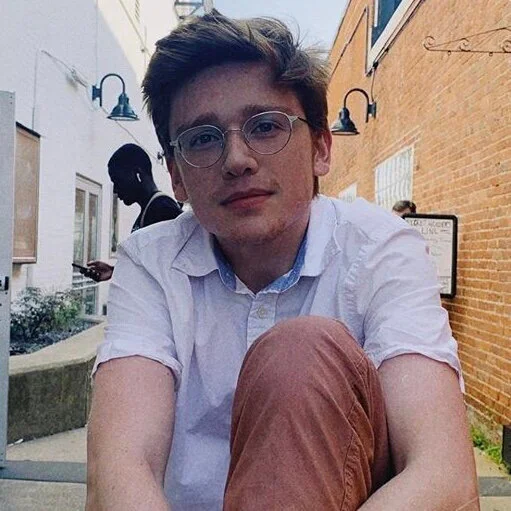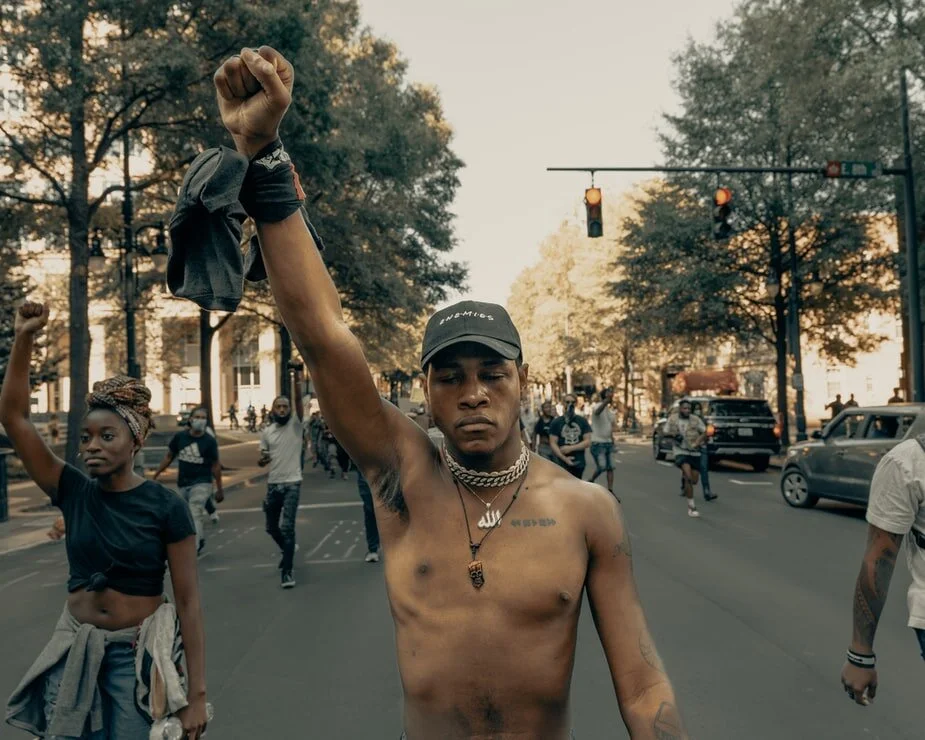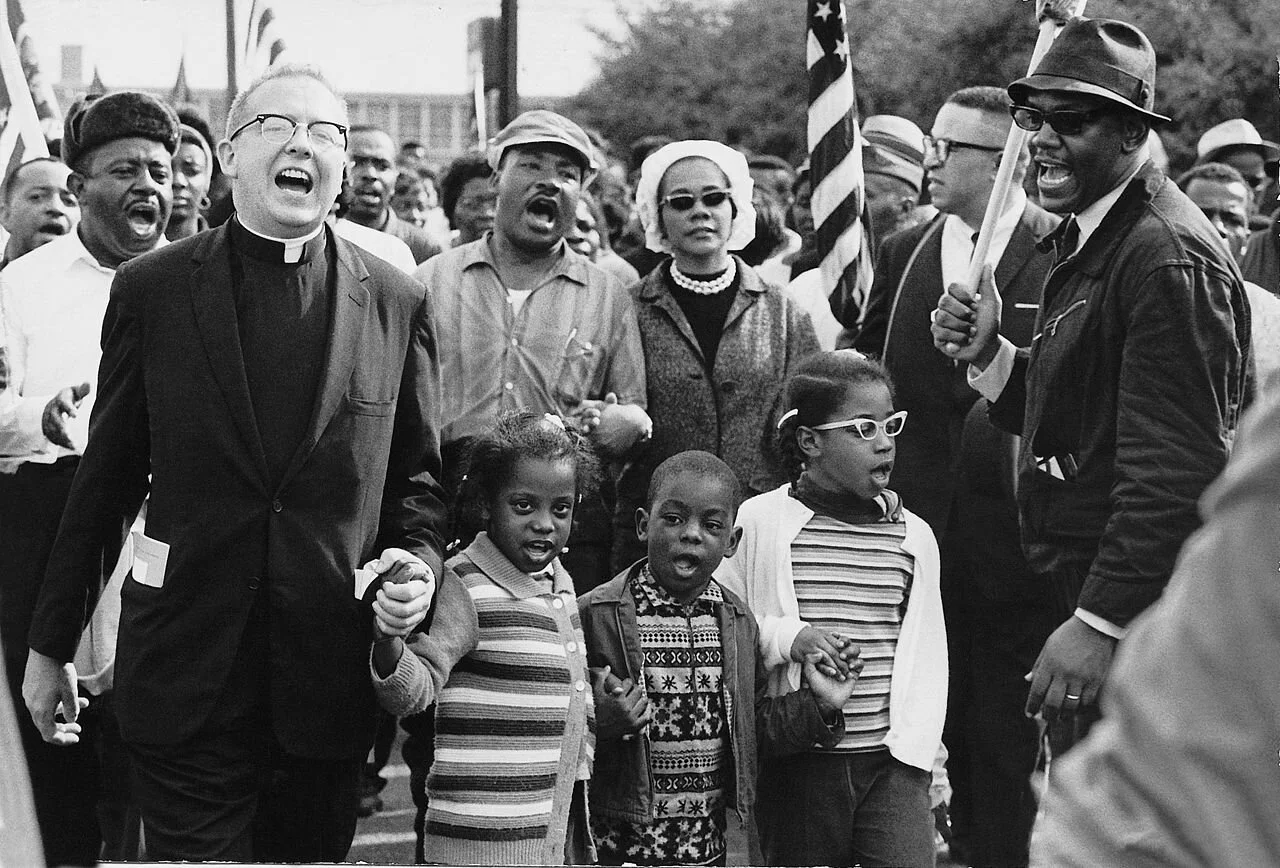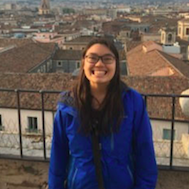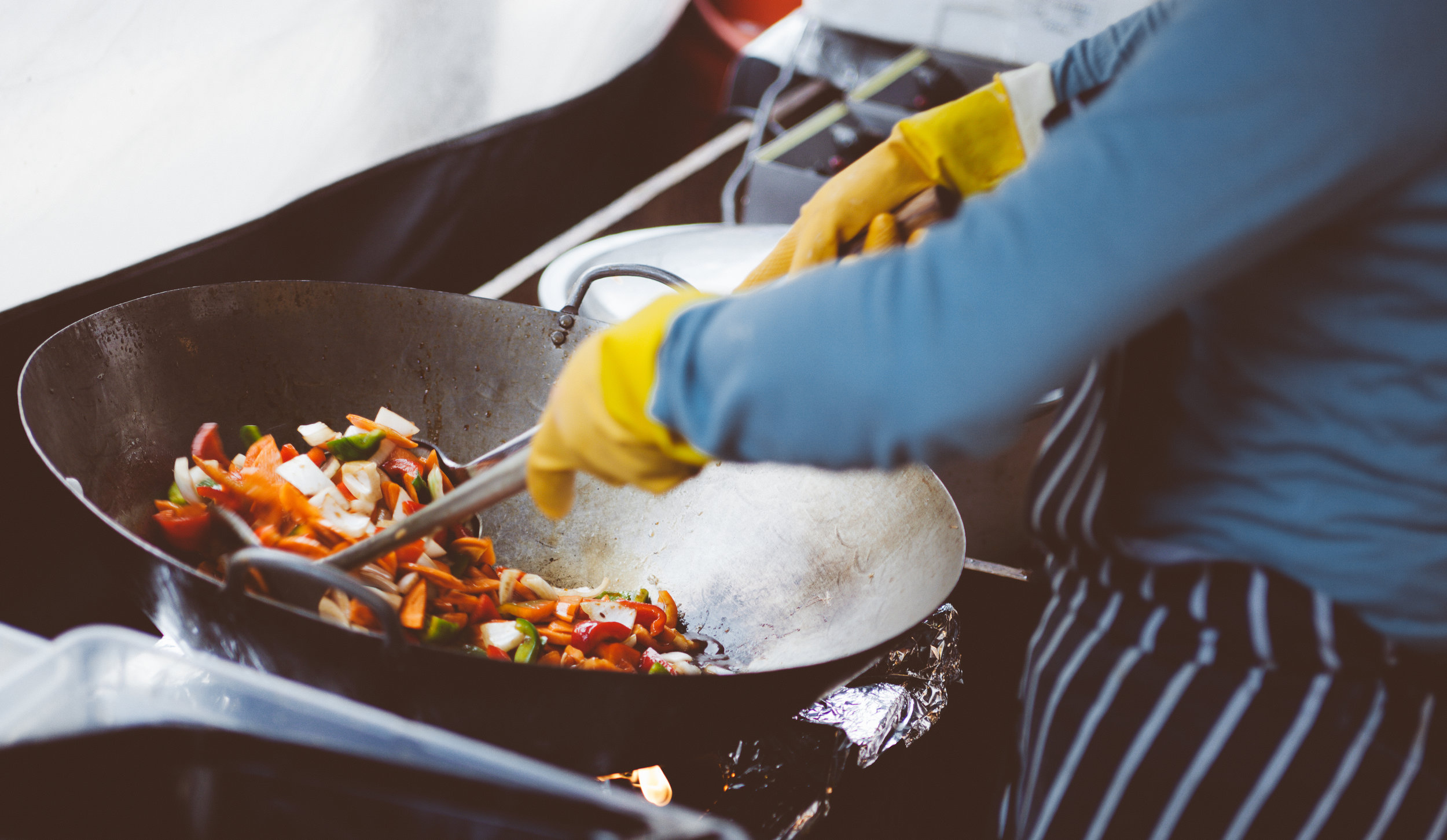New Mexico is one of the states most vulnerable to climate change. The Land Witness Project shares stories of how climate change has impacted New Mexico communities and what needs to be done to prevent its effects.
The time to reverse the environmental damage caused by humans is now. Climate change is worsening, and the window to mitigate and undo the harm to our environment narrows every day. The Land Witness Project, which launched in September, is a collection of stories from people with “deep emotional and physical ties to New Mexico” about the way climate change has impacted their lives.
Focus areas of the project, according to its website, are water, temperature, snowfall and fire. New Mexico is one of the states in the U.S. most vulnerable to climate change. The Union of Concerned Scientists wrote in a 2016 article that climate change alters weather patterns that impact temperature, water availability and weather extremes in New Mexico. Average annual temperatures in the state have increased 2.7 degrees Fahrenheit since 1970, causing hotter summers, shorter and less predictable winters, and early springs. Early springs mean earlier snowmelt, which leads to low stream flows during later, more environmentally and economically critical, parts of the year. Since the article was published in 2016, New Mexico’s climate situation has only grown more dire.
The Land Witness Project shares stories from New Mexicans about “families and traditions, doubt and worry, land and water, and love and commitment” from ranchers, farmers, conservationists, business owners and environmental justice activists. The project is inclusive, with stories from a diverse range of New Mexicans, including Indigenous communities. Beata Tsosie-Pena, a member of the Santa Clara Pueblo, is one of the first people whose story is up on the website. Over 80% of Santa Clara Pueblo’s tribal lands have been lost due to wildfires, and Tsosie-Pena describes how long-term drought and nuclear weapons production are factors in this loss of land. Tsosie-Pena also discusses how Indigenous people are both more vulnerable to the effects of climate change and uniquely positioned to offer solutions to climate change that could benefit everyone.
The Land Witness Project was funded by 350 New Mexico and the Isora Foundation. 350 New Mexico’s goal is to create an inclusive movement to prevent climate change and climate injustice in New Mexico while allowing New Mexicans to fight the fossil fuel industry and transition to renewable energy. The Isora Foundation is an Albuquerque, New Mexico-based family foundation that aims to empower individuals to make positive change within their communities in areas like health, social justice, education and economic development.
The Land Witness Project is accepting submissions of stories about how New Mexico communities are impacted by climate change, which can be sent in through their website here. In addition to providing firsthand accounts about climate change in order to inspire change, the project’s website has a list of resources for how individuals can get involved in the fight, including volunteer opportunities and organizations seeking donations.
Rachel Lynch
Rachel is a student at Sarah Lawrence College in Bronxville, NY currently taking a semester off. She plans to study Writing and Child Development. Rachel loves to travel and is inspired by the places she’s been and everywhere she wants to go. She hopes to educate people on social justice issues and the history and culture of travel destinations through her writing.








